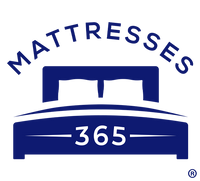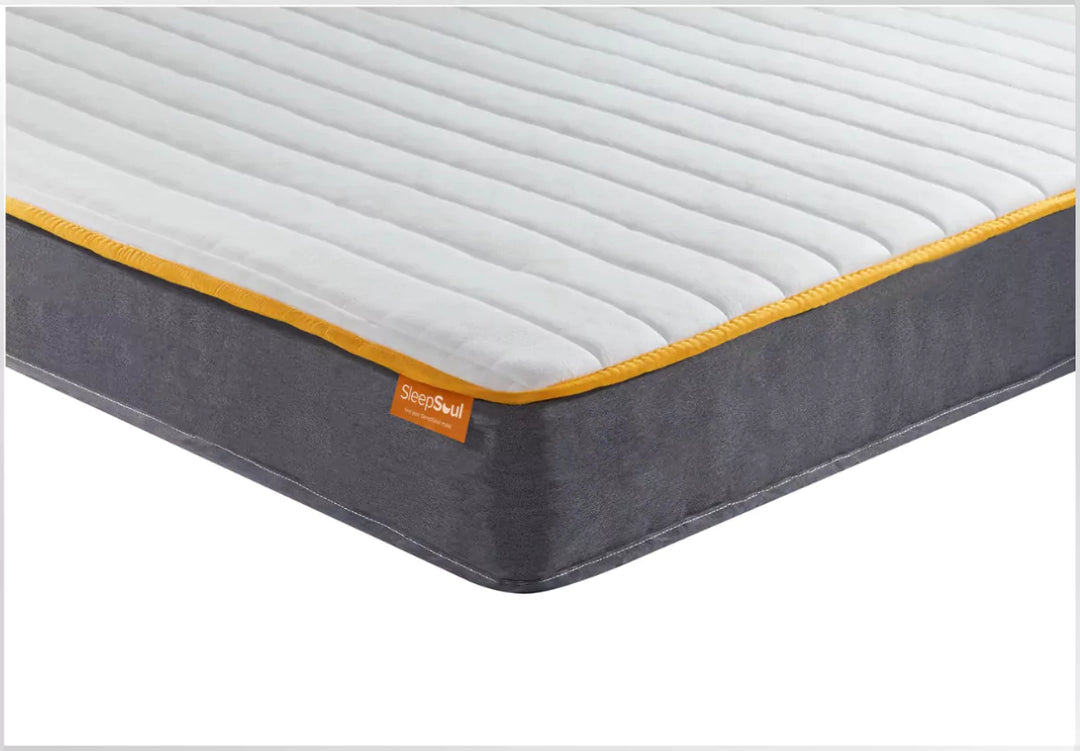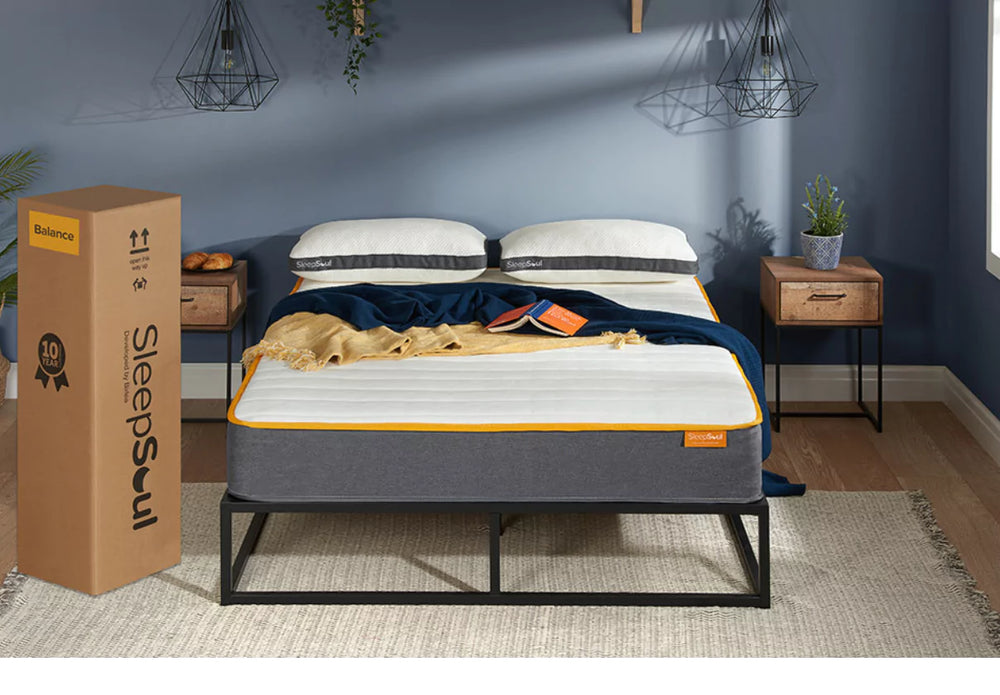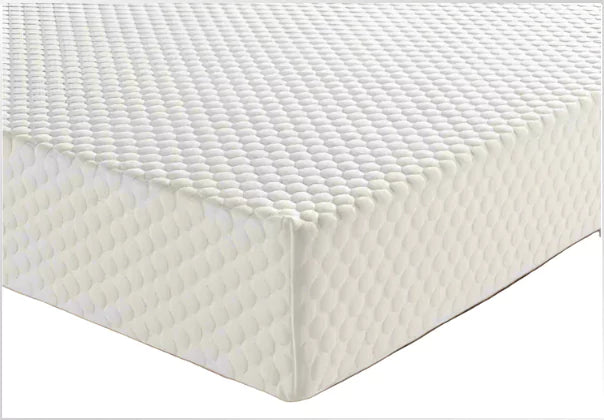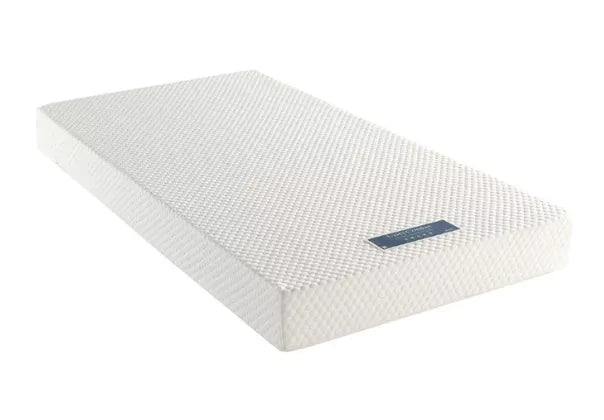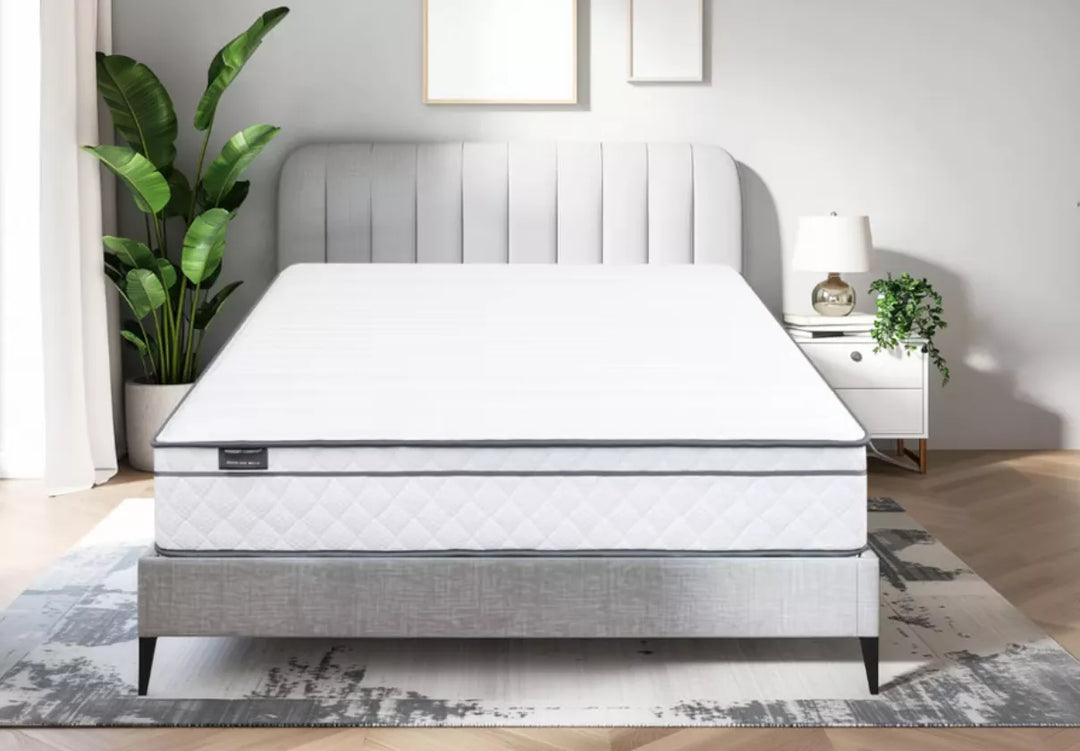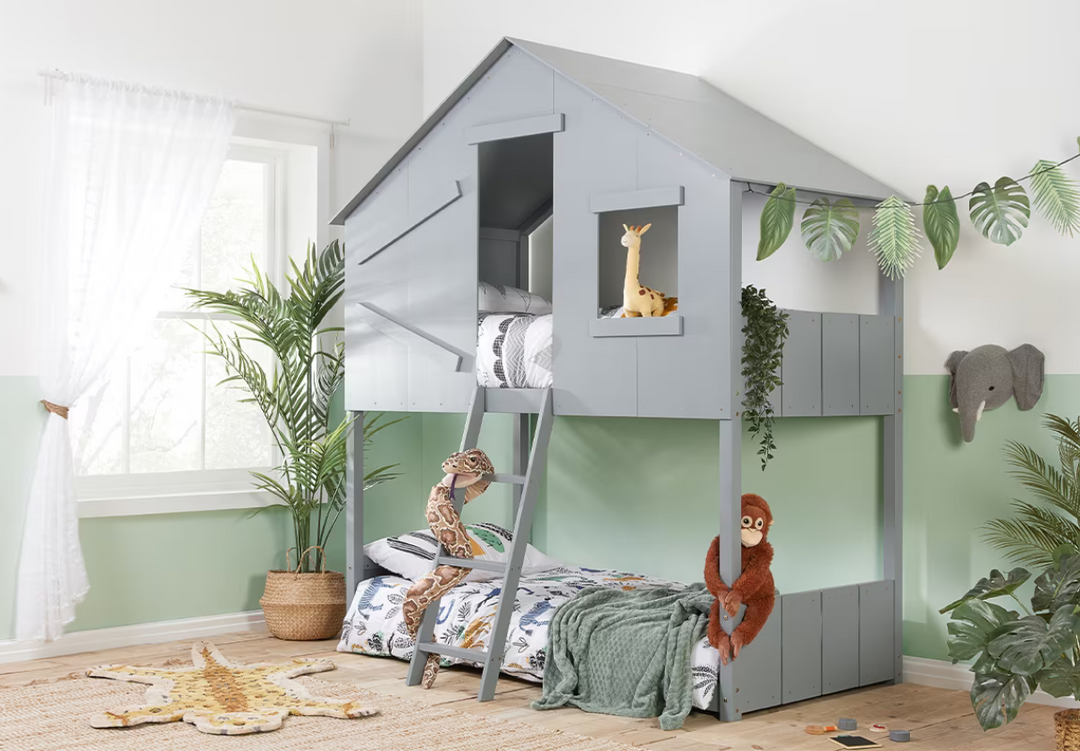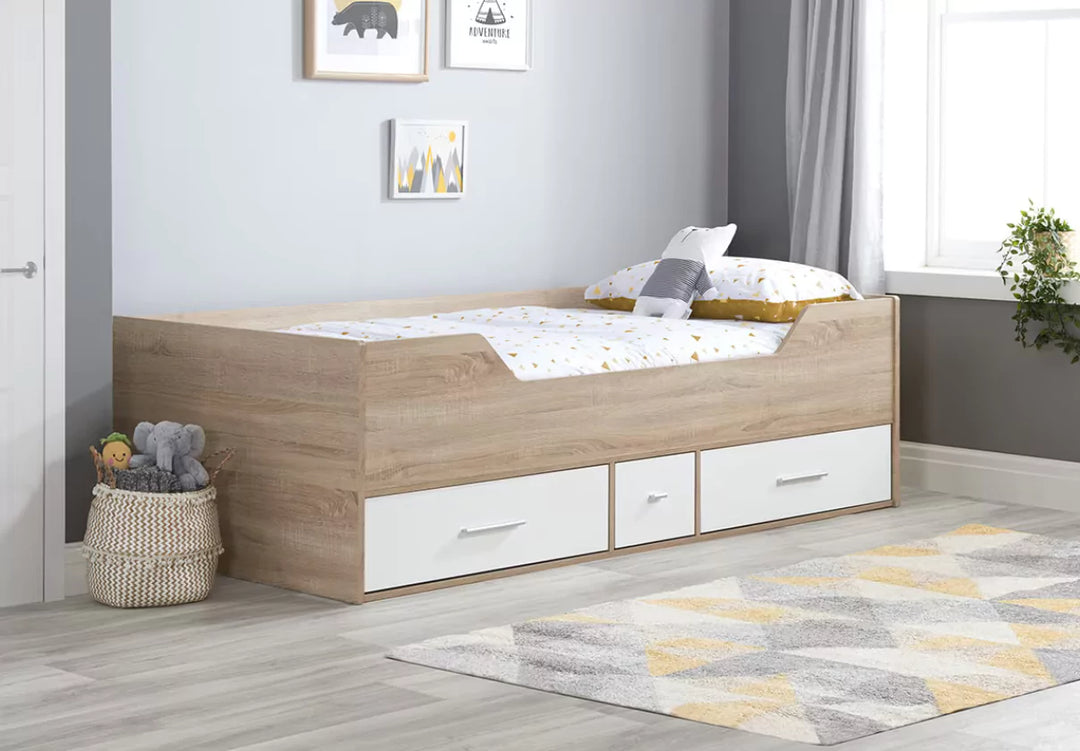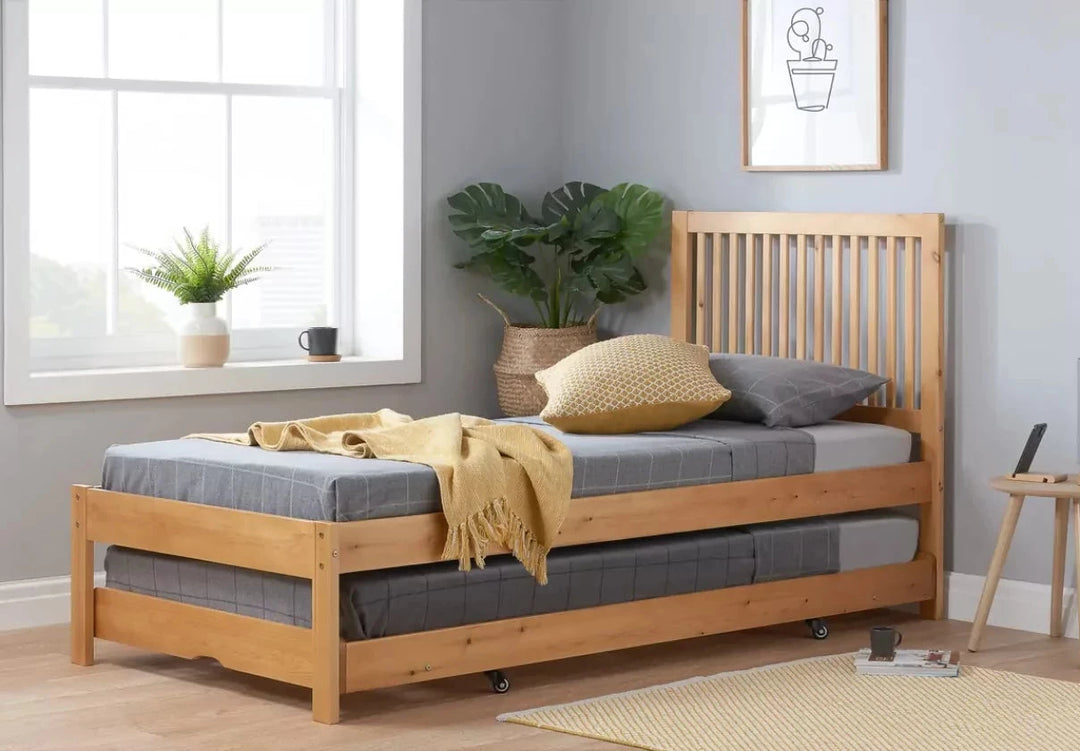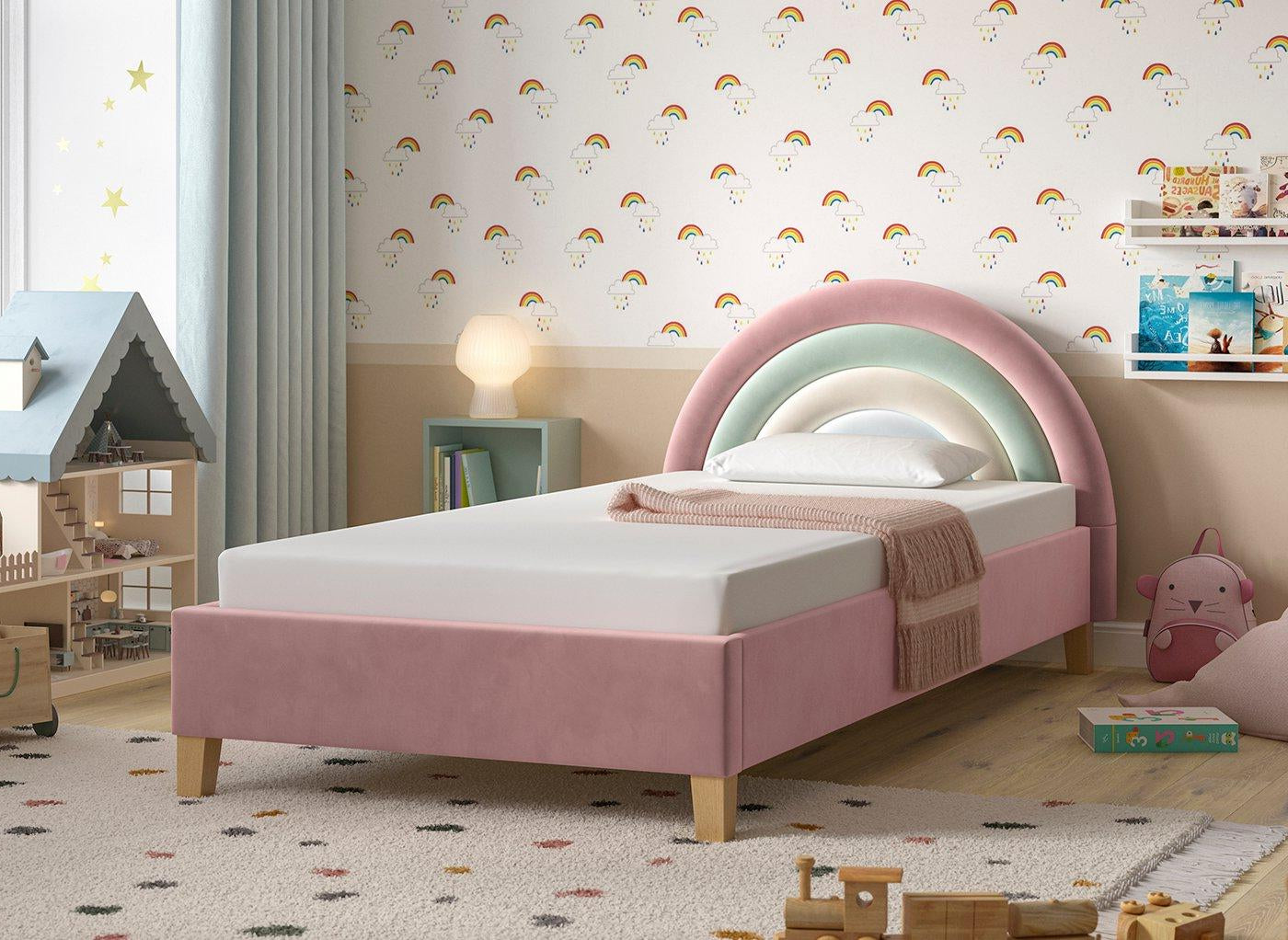
Kids Mattress Buying Guide
How to Choose the Right Mattress for Your Child
Finding the perfect mattress for your child is an essential step in ensuring they get a good night's sleep and wake up feeling refreshed and ready to take on the day. But with so many options out there, it can be overwhelming to know where to start. Whether you're upgrading from a crib mattress or looking for a new bed to suit their growing needs, we've got you covered. In this guide, we’ll walk you through everything you need to consider, from mattress size and material to comfort and support, so you can make the best choice for your little one. Let's make bedtime something to look forward to!
Best types of mattresses for babies
Buying a bed for yourself is easy, but when it comes to choosing a bed frame for your children, there are many factors to consider: the style, the kid's bed size that you want, the safety features, and how long it's going to last. In this Mattresses 365 Kids' Bed Buying Guide, we will discuss everything from cots to sleep stations to help you choose the perfect good-quality children's bed for your little one.
Best types of mattresses for toddlers
As your child grows, they will likely transition from a standard cot to a toddler bed, which provides more space. It is still recommended to use a relatively firm mattress at this age to support your child's growth. Additionally, if your child tends to overheat during the night, it is advisable to choose a ventilated mattress that has cooling properties. This will help to ensure that your child is comfortable and can sleep soundly throughout the night.
Best types of mattresses for kids
When it comes to choosing a mattress for a child, there are several factors to consider, such as the child's age, size, weight, sleeping habits, and any existing medical conditions. Generally speaking, a good mattress for a child should be supportive, comfortable, durable, and safe. Here are some options to consider: - Open coil sprung mattress: This type of mattress is a popular choice for children as it provides good support and comfort. It also tends to be more affordable than other types of mattresses. Look for one with a high coil count and a firm support system. - Memory foam mattress: Memory foam mattresses are known for their comfort and pressure relief. They contour to the body's shape, making them a good option for children who tend to move around a lot during the night.
- Latex mattress: Latex mattresses are durable and hypoallergenic, making them a good choice for children with allergies or asthma. They also provide good support and comfort.
- Hybrid mattress: Hybrid mattresses combine the support of an innerspring mattress with the comfort of a memory foam or latex mattress. They can be a good option for children who need both support and pressure relief.
- Hypoallergenic mattress: If your child has allergies or asthma, look for a mattress made with hypoallergenic materials and covers that are easy to wash.
Kids Bed Size Chart
We always recommend selecting a mattress size and bed frame that allow ample room for your child to grow, to maximise the longevity of the product and prevent your child from sleeping in an ill-suited bed for an extended period.
If you're uncertain where to begin, measuring your child's bedroom can provide a rough estimate of the available space. Then, refer to the mattress size chart below to identify the ideal bed size.
Even if you're not in the market for a new mattress, utilising the mattress size is the most effective way to determine the appropriate bed size for your child. While we have included age ranges as recommendations, keep in mind that every child is unique and may vary slightly from these guidelines.
| Mattress | Mattress Size (WxL) | Recommended Age Range |
|---|---|---|
| Cot | 1'9" (60 cm, 21") x 3'9" (120 cm, 47") | 0 - 2 years |
| Toddler Bed/Cot Bed | 2'3" (70 cm, 27") x 4'6" (140 cm, 55") | 2 - 4 years |
| Small Single | 2'6" (76 cm, 30") x 6'3" (190 cm, 75") | 4 years and up |
| Single | 3'0" (90 cm, 35") x 6'3" (190 cm, 75") | 4 years and up |
| Small Double | 4'0" (120 cm, 47") x 6'3" (190 cm, 75") | 8 years and up |
What age do kids go into a bed?
The age at which children transition from a crib to a bed varies and can depend on a number of factors, including the child's size, development, and readiness.Some children may be ready to move to a bed as early as 18 months, while others may stay in a crib until they are 3 or 4 years old. Generally, most children make the transition between the ages of 2 and 3 years old. It's important to consider your child's safety when making the transition to a bed. Ensure that the bed is low to the ground, has guardrails, and is in a safe location in the room. Additionally, it's a good idea to talk to your child about the change and make it a positive experience.
It may seem tempting to transition your child from a cot to a big kid's bed right away, but it's crucial to consider their age, as each age group is best suited for a different type of bed.
For children under the age of 2, we suggest they continue using a cot bed that offers protection while they sleep with its high sides. Toddlers aged between 2-4 years should upgrade to a toddler bed, which lacks high safety rails, but instead has raised sides to reduce the risk of falling out of bed at night.
Low sleeper beds are ideal for children aged 4 and above because they are easily accessible as they are low to the ground. Mid sleepers and high sleepers are recommended for children above the age of 6 due to their increased height, making them suitable for older children.
Bunk beds should only be used by children over the age of 6 on the top bunk to improve safety, while children over the age of 3 can use the bottom bunk.
Cabin beds are a fantastic choice for kids, offering a space-saving solution that combines both fun and functionality, with built-in storage and room for creativity.
When purchasing a kid's bed frame for your child, it's essential to keep the kid's bed size in mind since kids' mattress sizes are not always the same as an adult bed. For instance, a toddler bed requires a toddler mattress, and so on.
How do I transition my toddler to a bed?
Transitioning a toddler from a crib to a bed can be a big change for both the child and the parents. Here are some tips to make the transition smoother:
- Introduce the idea: Start talking to your child about the transition a few weeks before making the actual switch. Explain to them that they will be getting a big-kid bed and how exciting it will be.
- Involve your child: Let your child help you pick out their new bedding or choose where the bed will go in the room. This will help them feel more involved in the process.
- Gradually make the switch: It can be helpful to start by having your child nap in the new bed for a few days before making the full transition. This can help them get used to the new bed and make the transition less overwhelming.
- Make the new bed feel familiar: Use your child's favourite blankets, stuffed animals, and other comfort items in the new bed to make it feel more familiar and comfortable.
- Safety first: Make sure the new bed is safe by putting up guardrails to prevent falls and securing any cords or wires in the room.
- Be patient: It may take some time for your child to get used to the new bed. Be patient and offer plenty of reassurance and comfort during the transition.
A vast selection of mattress options, such as the Komfi Unity Comfort Foam Mattress or the Sleepsoul Balance 800 Hybrid Mattress, are available and perfect for children. In addition, we also offer Kid's Bed Frames from Friendship Mill. If you need more information on Kid's bed frames, check out our Kids Bed Buying Guide..
We’re here to help, so if you're still unsure give our friendly team a call on 01642 686365 and ask for advice or take look at our other useful Mattress Buyer’s Guides, to see if we can help you make the right mattress choice.
